Save the Habitat. Save the Hunt., an Initiative Driven by NWTF’s Most Dedicated
The story of Save the Habitat. Save the Hunt. showcases what the NWTF is all about, conserving the wild turkey, preserving North America’s hunting heritage and the combined efforts of passionate volunteers who live for the mission.
During NWTF’s Conservation Week and just a few weeks after NWTF’s Save the Habitat. Save the Hunt. initiative concluded, there's not a better time to reflect on the immense accomplishments of the initiative: Over 5 million acres of wildlife habitat conserved and enhanced, over 1.5 million hunters recruited and over 700,000 acres opened to public hunting access, in just 10 years. These monumental totals are the culmination of the NWTF’s most committed volunteers, partners and staff. But what does a conserved acre look like? What does a hunter recruited mean? How does the NWTF open access to public hunting? The answers to these questions and how the NWTF delivered are the story of Save the Habitat. Save the Hunt.
By 2012, the decline of wild turkey populations in certain parts of the country was becoming more evident, and the downward trend of hunting participation continued. Both trends are alarming if your mission is to conserve the wild turkey and preserve North America’s hunting heritage. This called for rallying the troops and a plan for action and innovation.
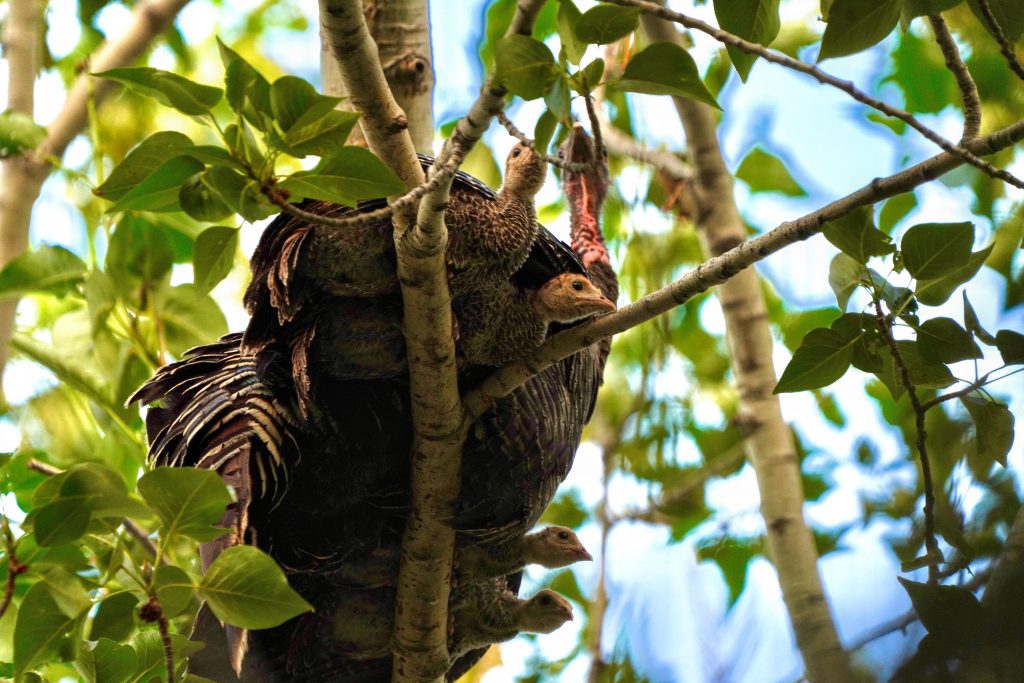
The NWTF conceptualized an initiative that would tie all aspects of its mission together – an initiative that would illustrate how hunters are America’s most stalwart conservationists. After many discussions and meetings between NWTF staff and volunteer leadership, a 10-year challenge was born: Save the Habitat. Save the Hunt.
Part of the initiative was the identification of landscapes nationwide with pressing conservation needs. These were grouped into the six distinct regions known as America’s Big Six of Wildlife Conservation.
The goals for the initiative were set: Conserve 4 million acres of priority areas that will directly benefit wild turkeys, a myriad of other species and the overall ecological health of the landscape; recruit 1.5 million new or lapsed hunters and open access to 500,000 acres. NWTF’s volunteers were ready for the challenge.
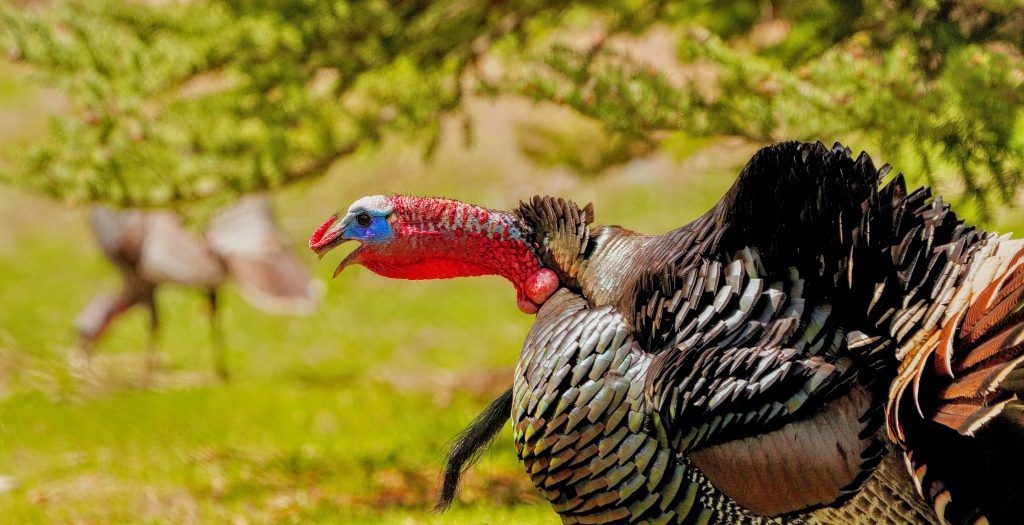
“When Save the Habitat. Save the Hunt. first started, the goals were pretty high, but I didn’t have a whole lot of concern about the organization and the volunteers meeting them because of my past experience with it,” said Richard Mann, NWTF Washington State Chapter vice president and NWTF volunteer for over 30 years. “I liked the idea of Save the Habitat. Save the Hunt. and where it was going.”
Conserving 4 Million Acres
The NWTF’s conservation delivery, which landed at over 5.2 million acres conserved or enhanced at the end of the 10-year initiative, took many different forms. At the national level, the NWTF funded large-scale projects, typically on public lands. These included stewardship agreements with the USDA Forest Service and a suite of partnerships with other nongovernmental organizations and state and federal agencies. The success of working with various partners on key conservation priorities throughout Save the Habitat. Save the Hunt. is why the NWTF is continuing to bolster its landscape-scale initiative work today.
Partnerships with companies that support the NWTF mission facilitated a significant amount of this work. For instance, between 2019 and 2022, Bass Pro Shops awarded the NWTF $650,000 in grant funding from the Bass Pro and Cabela’s Outdoor Fund, which the NWTF leveraged into more than $8 million in critical conservation projects across the country.
The NWTF’s Hunting Heritage Super Fund is another driver in why Save the Habitat. Save the Hunt. was so successful. The model begins and ends with the organization’s backbone: NWTF volunteers in every state, who raise money at banquets and other fundraisers and then allocate a significant portion of those funds back into meaningful conservation and outreach projects in their respective states. It’s a picture-perfect example of how the NWTF operates as a national federation. State Super Fund conservation projects included everything from creating the smallest 1-acre wildlife opening, to purchasing forestry equipment, to aiding NWTF national with additional funds for landscape-scale initiatives and wild turkey research.

“NWTF’s conservation projects come in all shapes and sizes, and they’re all pieces to the puzzle,” said Mark Hatfield, NWTF director of conservation services. “It is the combination of work done at a national, state and local level that allows us to be so effective in our conservation delivery. No matter the size, the NWTF sees all conservation projects that propel our mission as important, which is why Save the Habitat. Save the Hunt. exceeded its conservation goal by so much.”
Recruiting 1.5 Million New or Lapsed Hunters
Each year, NWTF chapters across the country offer people from all walks of life opportunities to explore the outdoors through local hands-on events and hunts. Events are designed to pass on safe, ethical hunting traditions and teach conservation principles. Dedicated NWTF volunteers lead these events.
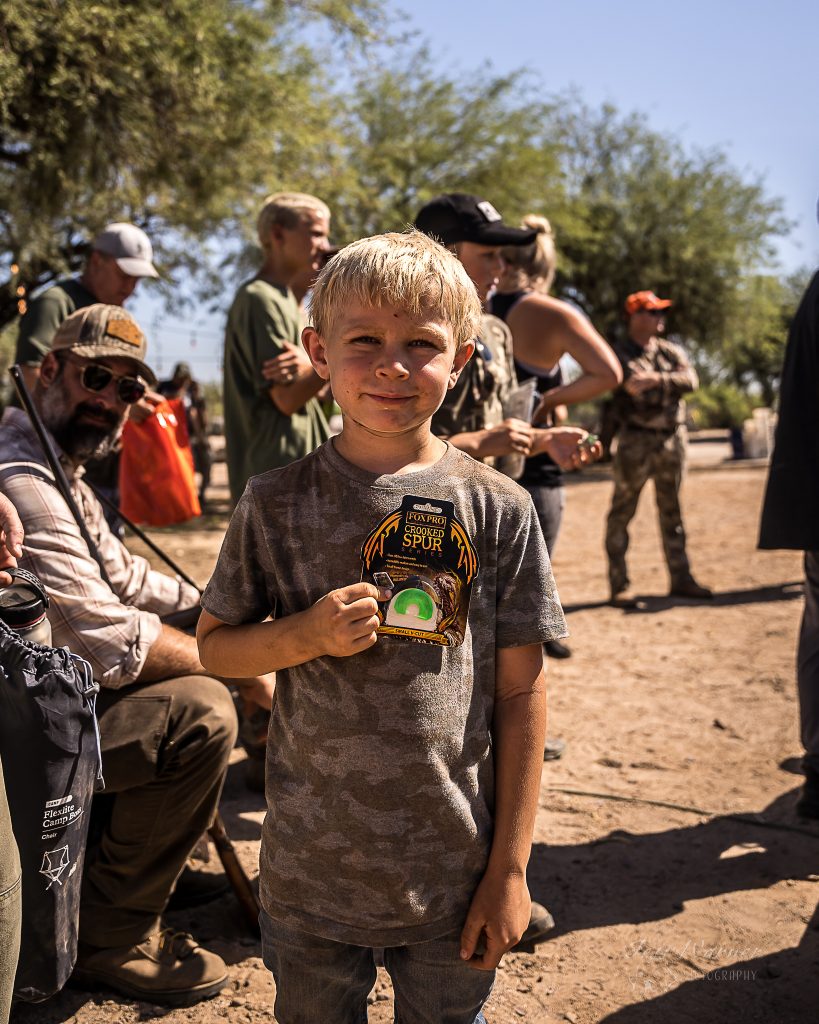
Programs include JAKES, WITO, Wheelin’ Sportsmen, mentored hunts, and Field to Fork and Learn to Hunt clinics. These programs ensure the NWTF’s education and outreach programs collectively make the most significant impact on hunter recruitment.
When challenged with recruiting 1.5 million new hunters, NWTF volunteers were just as ready as conserving habitat. Sharing the outdoors with others is in their DNA.
Ronda Johnson, an NWTF Louisiana volunteer for over 20 years, epitomizes the heart and soul of NWTF volunteers. When Johnson heard about Save the Habitat. Save the Hunt., like Mann, she was not daunted by the ambitious goals; she was excited.
“I was happy because that meant wherever there was an NWTF chapter all over the country, that money they raised was going back to these important, targeted goals,” she said.
Over her decades with the NWTF, Johnson volunteered her time at many different types of NWTF events. However, her heart found its home with the Wheelin’ Sportsmen program and has since orchestrated many events that provide outdoor education and hunting opportunities to disabled participants.
“My dad had Alzheimer's and Parkinson's,” Johnson said. “I hunted with him the last time he ever hunted. Sitting in a stand with him and seeing the joy the hunt brought him was the biggest blessing I have ever gotten. Those few hours were priceless to me. To see that same joy and happiness that it can bring to someone that otherwise wouldn’t have the opportunity to go afield, it is such a blessing to be able to give that opportunity to someone else.”
Like Johnson, Cristina McGannon-Jones, a dedicated NWTF volunteer in New Jersey found her calling with NWTF outreach programming.
“It took me an hour to field dress my first deer,” she said. “I was in the field watching YouTube videos on how to do it, and it occurred to me that the mountain to climb to attain these skills is very high. For me, cutting that climb for so many people is what makes me want to be out in the woods and at events even more. It's so important to the NWTF and to hunting and conservation as a whole that we offer these programs.”
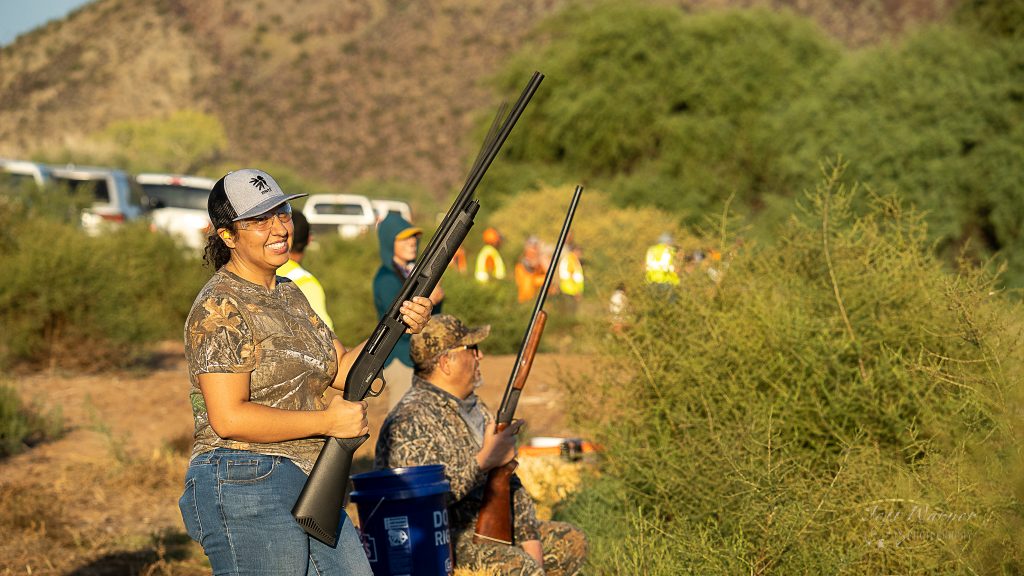
The passion of volunteers like Johnson, McGannon-Jones and Mann from local and state chapters across the country, coupled with partnerships with like-minded organizations, is how the NWTF exceeded its goal of 1.5 million hunters recruited.
Opening 500,000 Acres to Public Hunting Access
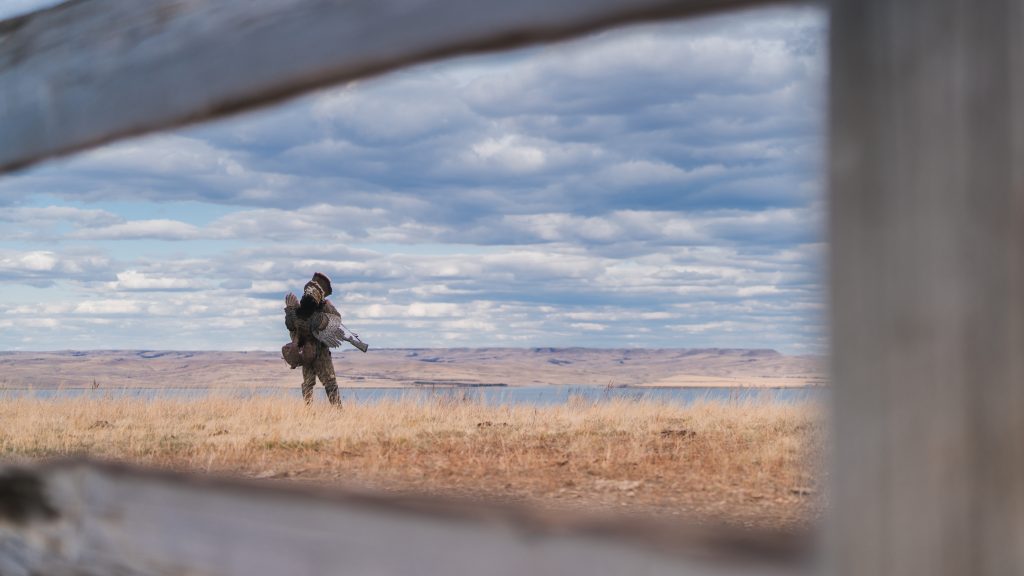
Like conservation delivery and recruiting new hunters, opening access takes the commitment of volunteers who understand that after recruiting hunters, they need places to go. When the right opportunities arise, the NWTF national and state chapters contribute land purchases that open land up to public hunting access. Often, this land is adjacent to wildlife management areas or national forests and creates a more contiguous habitat for wildlife too.
One hundred acres here, 1,000 acres there – over 10 years, these land purchases add up. The NWTF exceeded its 500,000-acre goal, opening public hunting access to over 700,000 acres throughout the initiative.
In developed states such as Massachusetts, volunteers knew a creative approach was going to be necessary to help reach the acreage goal.
“Being in a fairly developed state, we knew it would be tough, we can’t buy land in order to preserve it, we didn’t have the Super Fund for it and just land prices alone in Massachusetts are pretty astronomical,” said Tim Gibbons, who is the Vice President of the Central Mass Chapter, as well as the Save the Hunt Coordinator for the state, among other volunteer titles. “We found different partnerships with other organizations that might be in the same boat in our state. [We thought] how we can find creative ways to work together as one larger organization instead of trying to do it as individual organizations. Pool those resources, pool those ideas or sometimes pool that power of just sheer numbers.”
Save the Habitat. Save the Hunt. showed the world the integral connection between hunters and conservation, but it also showed that the NWTF is unstoppable. The dedication of its volunteers, the expertise of its staff and the passion of both paint a bright picture as the NWTF starts a new chapter in its history. With the conclusion of this landmark initiative and the NWTF’s 50-year anniversary right on the horizon, there is a lot to celebrate. However, there are many challenges wildlife and sportsmen and women still face. Time to keep our foot on the gas for the next 50 years.
